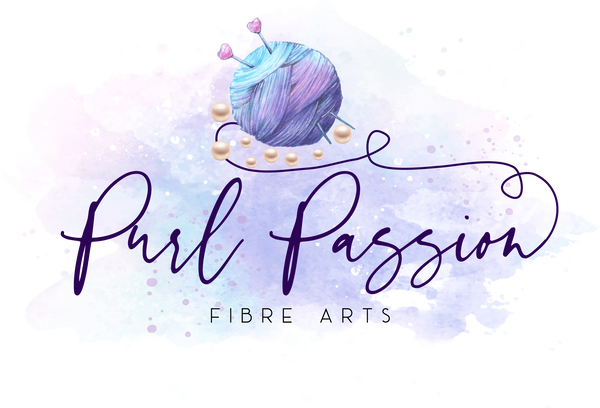Hey wool enthusiasts and cozy connoisseurs! I wanted to officially address some of the questions I have received from knitters, crocheters and customers about superwash wool. As a hand dyer, almost all of the yarns I work with are superwash wool so it seemed like a good topic to address. If you have never heard the term before or have had questions about what it is you have come to the right place!
Let’s start with the obvious shall we…What is superwash wool?
Essentially it is natural wool that has undergone a special treatment which helps make it softer and resistant to felting. All wool has microscopic scales on its fibers that can sometimes feel itchy. These scales also tend to cling together when we add warm water and agitate them. This is what causes felting. Superwash wool is natural wool that has undergone a chemical process to essentially stick these scales down. With the scales stuck down the yarn feels smoother and less prickly and when washed there is heather and agitated there is much less of a chance that the scales will be able to stick together and felt.

Does this mean that superwash wool is machine washable as the name suggests?
My official answer will always be no! I will always recommend that you hand wash and lay flat to dry even for super wash yarns. I can’t guarantee you that if you spend hours on a project with my yarns and then machine wash it that it will be 100% fine so I take the safe approach. However, how risky you are with your finished projects is ofcourse up to you and many people machine wash superwash yarn with no issues.
If you recommend hand washing anyways, what is the point of superwash yarns at all? (very valid question)
You and your family may be much more organized and together than mine but let me know if you have ever found yourself in this situation? You quickly get undressed at the end of a day and throw your clothing into a pile on your floor leaving your stunning hand knit sock stuck on the inside of your jeans. Your significant other grabs all the laundry off the floor and throws on a load. Disaster right! This happens to me all the time and these socks are still fine. Granted they may not be perfect but I have accidentally washed them many times and they are still wearable…and by me not just my two year old daughter as inch thick slippers!

I like to think that super wash yarn is the perfect middle ground for crafters who want natural fibers and have every intention of hand washing their finished project they worked so hard on … but despite intention…chaos happens! I like to think of it as “crafter’s insurance”.
Is superwash yarn hypoallergenic?
There are many crafter’s out there who avoid wool because it causes them discomfort or makes them itch when they use it or wear it. This can be caused by a wool allergy and if that is your case then unfortunately superwash wool is still wool and probably not for you. However, if you are just someone who is sensitive to wool and are more irritated by the scales that make wool sometimes feel prickly then super wash wool might be your answer. Since the scales have been stuck down you may find that you do not have the same reaction to superwash’s soft texture like you would to natural untreated wool. Could be worth giving it a try!
And finally the more hard hitting questions..
What are the environmental impacts of superwash wool?
While superwash wool has its convenient perks, it’s important to address its environmental footprint. The process of transforming regular wool into superwash wool involves a treatment that often includes chlorine and other chemicals. These chemicals can raise concerns about water pollution and the environmental impact of the manufacturing process. Also, some argue that the energy-intensive nature of the superwash treatment might contribute to higher carbon emissions compared to traditional wool processing methods.
As conscientious consumers, it’s crucial to weigh the convenience of superwash wool against its environmental implications. It is important, like in any industry, to look for brands that prioritize sustainable practices and are transparent about their production processes.
That being said I do not treat my own wool, however I can provide for you some information from my supplier on the subject.
“The majority of superwash yarn is treated using the Hercosett process, which is the method used for our superwash yarns too. Many people are rightly concerned over the potential impacts this process can have on the environment. The main concern being about how the waste water containing spent chemicals is dealt with after processing. We only use reputable companies to superwash our fibres, companies who hold ISO14001 accreditation and/or engage in best practice with regard to environmental performance and waste water treatment and re-use. Most of the effluent from the process is re-used and any disposed of has to meet strict environmental standards.”
Hopefully that clears up some of the mystery around superwash wool! Keep in mind this post only included the basics. Let me know if you wish me to do future posts in more detail of how superwash wool affects the look and feel of your final projects!



1 comment
Great information. Thank you